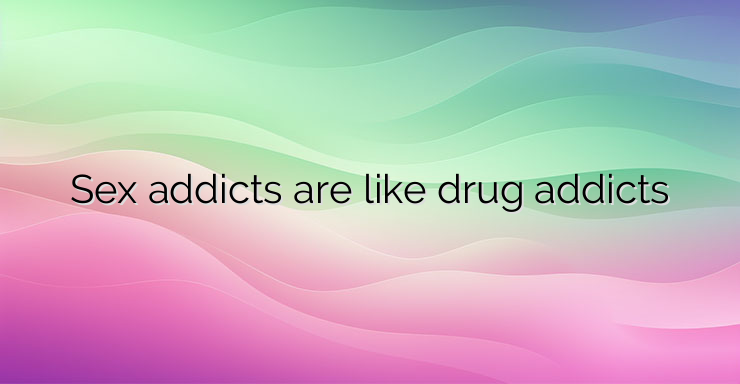Although pornography cannot be said to be a drug, it does have the effect of one, it turns out. Pornographic images activate the same brain area in people with compulsive sexual behavior or sex addiction as opiate use in drug addicts, Cambridge University psychiatrists report in the journal PLOS ONE. By analogy with drug or alcohol addiction, with sexual addiction there are difficulties with controlling one’s own behavior related to the satisfaction of sexual desire. Because of this, these “patients” have indiscriminate sexual contacts, and the escalation of desire for sex when viewing pornographic materials seems logical. According to estimates, one in 25 people suffers from compulsive sexual behavior, although some specialists categorically deny its existence. A recognized description by the academic community is also missing. However, the “diagnosis” has been given to people such as David Duchovny, known from the series “The X-Files”. In their study, psychiatrists observed 19 sexually addicted men and 19 volunteers without such behavioral deviations. Sexually addicted from a very young age begin to experience difficulties in controlling their own behavior when thinking about sexual intercourse, commented one of the leading authors, Dr. Valerie Vun, which affects their personal life, creating a negative image among those around them. NEWS_MORE_BOX By means of nuclear magnetic tomography, scientists observe the brain activity of sex addicts and volunteers while watching a porn film or a sports show. Three areas, all part of the dopaminergic system in the brain, are activated in sex addicts: the limbic (ventral) striatum, which is known as the “reward center”, the dorsal part of the anterior cingulate cortex, which is activated by anticipating the pleasure of the reward, and drug addiction and the amygdala, which has a key role in judging the significance of events and the emergence of emotions. Similarities between the groups of sex addicts, drug addicts and non-addicted volunteers were found between the first two and none for the other combinations. This does not mean, however, that a brain scan should be undertaken to diagnose a non-existent disease, the researchers emphasize.


Leave a Reply